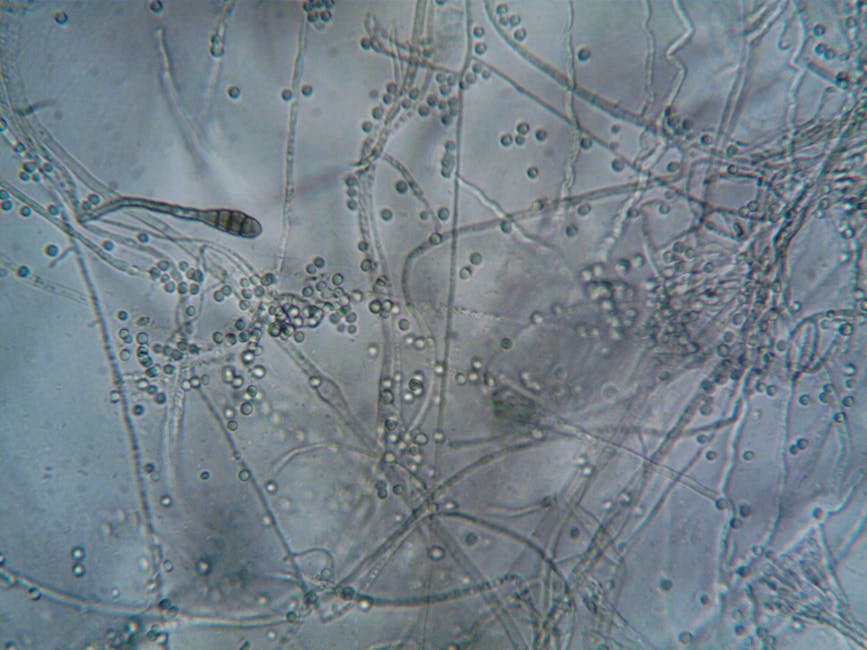
Forget the lab coat – scientists are donning aprons! Researchers are transforming ordinary brewer’s yeast, the bubbly ingredient behind your favorite beer, into microscopic factories capable of producing smart drugs. This groundbreaking innovation has the potential to revolutionize drug development, offering faster, cheaper, and more sustainable methods for creating life-altering medications.
The Yeast Revolution: How It Works
The process centers on genetic engineering. Scientists are meticulously modifying the yeast’s DNA, essentially rewriting its ‘recipe’. They insert genes that code for the production of specific smart drugs, such as those targeting cognitive enhancement or neurological disorders. These modified yeast cells then become tiny bioreactors, churning out the desired compounds within their cellular walls. The result? A readily scalable and efficient drug production system.
Benefits Beyond the Brew: Why This Matters
The advantages of using yeast as a drug-making platform are numerous:
- Cost-Effectiveness: Yeast cultivation is significantly cheaper than traditional drug synthesis methods.
- Scalability: Yeast can be easily grown in large quantities, facilitating mass production.
- Sustainability: Yeast is a renewable resource, reducing the environmental impact of drug manufacturing.
- Precision: Genetic engineering allows for precise control over the drug’s production and purity.
The Future is Fermented: What’s Next?
While still in its early stages, this technology holds immense promise. Scientists are currently working on improving the efficiency of yeast-based drug production, expanding the range of drugs that can be manufactured, and exploring new applications in personalized medicine. Imagine a future where customized smart drugs are brewed to match individual patient needs!
Challenges and Considerations:
Of course, there are challenges to overcome. Ensuring the purity and safety of the drugs produced is paramount. Regulatory hurdles and public perception will also play a crucial role in the widespread adoption of this technology. However, the potential rewards – faster drug development, lower costs, and a more sustainable future for pharmaceuticals – are driving researchers forward.
In Conclusion:
The marriage of brewing and biotechnology is brewing up a storm. Scientists are creatively applying the power of brewer’s yeast to create a more efficient and sustainable production model for smart drugs, promising a future with new avenues for innovation in the field of medicine.

